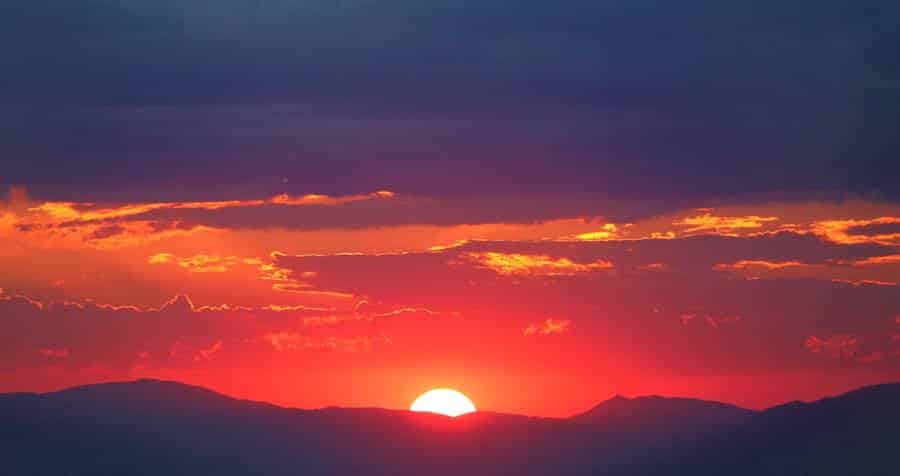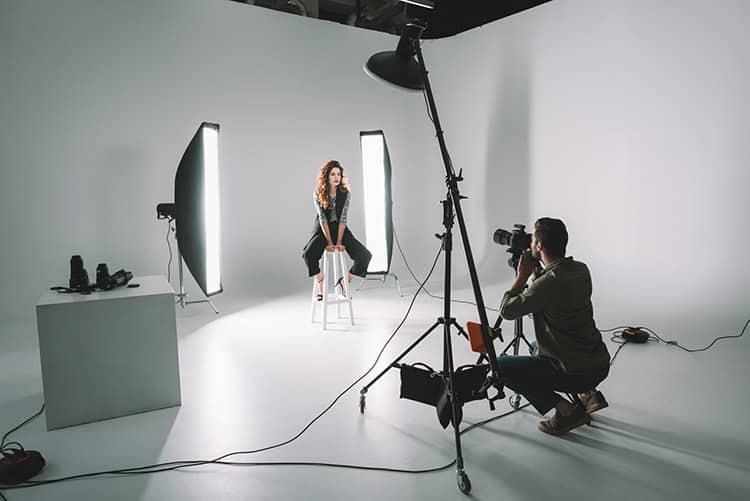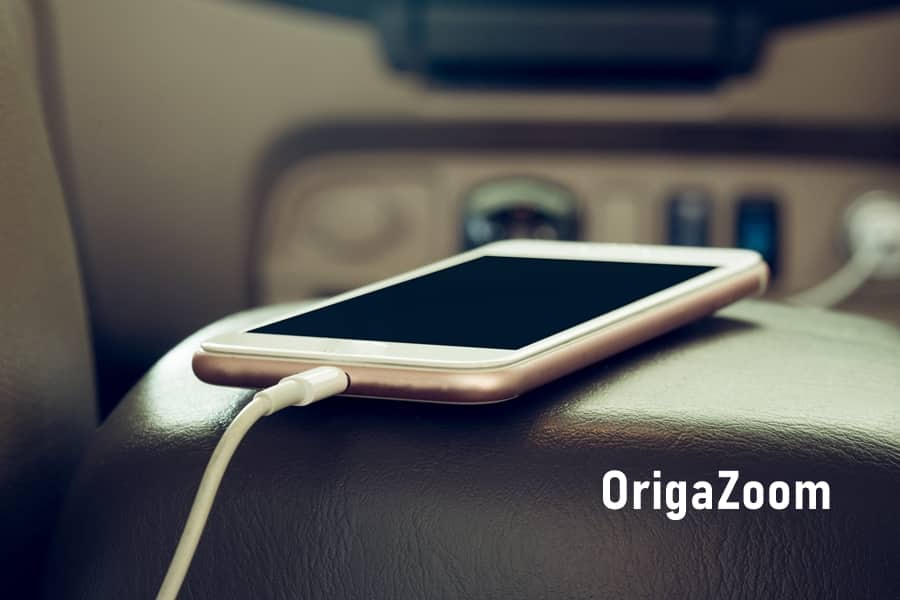Today we will look at artificial and natural lights for photography. Since an important aspect of photography is lighting, without which shooting is generally impossible. Let’s start analyzing the concepts.
Sources of lights for photography are divided into two types:
- Natural;
- Artificial.
1. Sources of Natural Light:

- The sun;
- The moon replaces the sun at night;
- Bioluminescence – the glow of living organisms;
- Atmospheric electrical charges such as thunderstorms.
The first two sources are common and constant, the next two can serve the photographer only in special conditions.
Natural lighting is less controlled because it depends on many factors:
Weather
Everyone knows that it is not worth photographing on a sunny day, as the result will be hard shadows and well-defined contours that will not be in favor of the photographer. On a sunny day, it is better to photograph in deep shade where the sun’s rays do not fall, for example, the shadow of a large building, gazebos, etc.
Cloudy weather is preferable for filming because clouds provide soft lighting and the image is constructed so that the colors blend smoothly into one another in tone.
Unfortunately, cloudiness may not always be uniform, and often its density fluctuates, which affects the light intensity.
Can I take pictures in unusual conditions? In a hurricane, thunderstorm and storm, a black sky will add drama to your photo.
Unusual Weather Conditions
Shooting in fog will help the viewer get a better sense of the depth of the image and build a good perspective.
Time of Day
Choose sunrise or sunset for the perfect result in portrait or landscape photography. 30 minutes before dusk and after dawn is considered the golden time for photography. The advantage is that lighting changes quickly. This allows for a variety of unique and diverse images.
The only drawback is the opportunity to miss the perfect moment of shooting. At sunset, the shadows lengthen and become less bright, and in the morning everything is exactly the opposite.
Geographical Location
According to the geographical law, the further from the equator, the longer the duration of sunrise and sunset.
Air Pollution
Contaminated particles scatter the light rays, making it softer and less bright.
Benefits of Using Natural Light Sources:
- Free source;
- Color reproduction is excellent because the solar spectrum is continuous throughout the entire range of visibility.
Disadvantages:
- Cannot be used in the dark;
- Inconsistent color temperature, which requires frequent changes to the white balance setting;
- Difficulty of application for building complex lighting schemes;
- Low brightness requires slow shutter speeds that cannot be obtained when shooting handheld.
2. Sources for Artificial Lighting

Everything is different with the control of artificial light. The photographer becomes the domineering master of lighting and adjusts all parameters:
- Number;
- Angle;
- Location;
- Intensity;
- Rigidity;
- Color temperature;
- White balance.
Why is white balance necessary? So that the color rendition has no distortions or has only minimal errors.
Colorful Temperature
Let’s dwell on this parameter in more detail. What it is? Well, if you rely on theory, then this is a characteristic that determines the temperature of a black object that emits its color. This characteristic is measured in Kelvin (K).
Constant Lighting
What are some examples of constant lighting sources? The most common are halogen lamps, as well as sodium lamp, fluorescent light and incandescent lamps. They all have different color temperature settings.
For example, if you take tungsten lamps, they emit a reddish tint, while halogen lamps emit a cold blue light.
Benefits of Using Artificial Light Sources:
- Reasonable price;
- Full control over the light;
- You can build the necessary light schemes to your liking, getting various cut-off patterns.
Disadvantages:
- Large electricity consumption, respectively, large financial costs;
- Slow shutter speeds are required when shooting (not in all cases);
- Large heat dissipation heats up the air and objects in the room, which can affect their deformation.
What are impulsive color sources? Built-in and external flashes, mono-blocks and generator systems.
Impulse Lighting
How is the Shooting Process Going?
In studios, in addition to a flash lamp, a modeling light is installed, that is, a constant source. It acts as an auxiliary parameter and helps to correctly build the cut-off drawing of the composition. When the photographer presses the shutter button, the flash fires and at the same time the modeling light will go out and re-ignite after the flash has finished firing.
Benefits:
- Energy consumption is less than that of permanent artificial sources;
- Low heat dissipation;
- Allow for shooting to use the effect of “freezing objects”, such as splashes or falling drops;
- You can come up with complex lighting schemes that will help take your work to a higher level.
Disadvantages:
- High cost of acquisition;
- If there is no modeling light, then you will have to look for a “golden” frame among the probes;
- Camera connection is required, so may slow down shooting when taking pictures with multiple cameras.
Which Light Source Should You Choose?
If you are shooting portraits or photographing subjects, then use artificial lighting to adjust all parameters.
If you are photographing landscapes or wildlife, then there is no choice. Natural light only.
Before shooting, find the right mood and feelings that you want to convey in your photo. After that, select the desired lighting scheme.
You may also like to read: Sunset Photography Tips: How to Photograph a Sunset Like A Pro?
Conclusion
This concludes our course on types of light sources. You can combine all sources together, if necessary, to implement a creative idea. You just need to take into account the different temperatures that affect the color rendering. For example, photographing a person at sunset, you cannot do without artificial lighting if you want to get a lit model’s face and a beautiful sunset.
This combination is also typical when shooting black and white photography. Share the article with your friends on social networks and subscribe OrigaZoom Newsletter to become a professional in photography.



